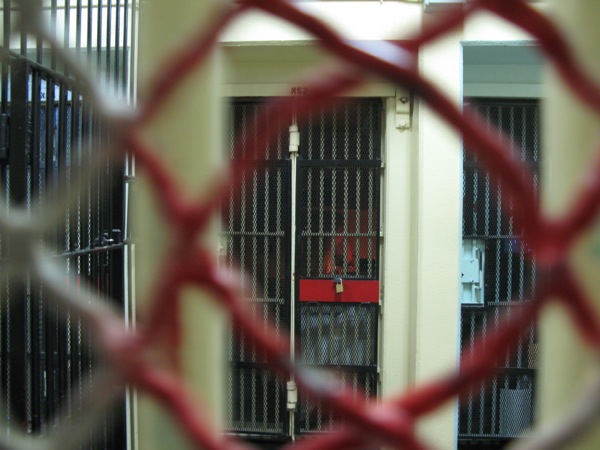On July 8th, nearly 30,000 prisoners locked up inside 24 of California’s 34 prisons began a hunger strike to protest conditions in the state’s Security Housing Units. For the next two weeks, the California Department of Corrections and Rehabilitation allowed a few reporters to have limited press access inside a couple of prisons with the understanding that while behind the walls, they wouldn’t ask any of the inmates they came in contact with, about the hunger strike. Then mid-July, with 1,000 inmates still refusing to eat, a press officer with the CDCR told me that, “until the hunger strike is resolved, no reporter is going inside any prison for any reason.”
He was right. For the next eight weeks, not a single reporter was allowed inside a California prison. Anywhere. This historic press black-out meant it would not only be impossible for journalists to independently verify reports provided by the CDCR about the numbers, health and condition of the hunger strikers, but until the hunger strike ended on September 8th, there was no way of reporting on the conditions of the 130,000 men and women locked up inside all of California’s prisons.
Gaining official press access to interview inmates about their lives and the terms of their incarceration has never been easy. Prison reporting is one of the most difficult beats. But even so, it wasn’t always as restricted as it is now. One CDCR press officer told me it all changed back in the mid-90’s when, “the legislature, under pressure from crime victims groups, issued a policy directive.” Known as Title XV of the California Code of Regulations, the code limits reporters’ contact with inmates to “random access” meaning, even if a reporter is pesky enough to get cleared and taken inside the prison walls, the journalist is prohibited from requesting an interview with a specific inmate by name or CDCR number. Random access means just that. Reporters interview only those inmates the CDCR wants interviewed.
Last year, State Assemblyman Tom Ammiano introduced and successfully got through both houses of the legislature AB 1270, a bill that would have allowed professional journalists to request initial and follow-up interviews with specific inmates. The bill died when Governor Brown failed to sign it into law. I can’t help wonder how the hunger strike might have been different if AB 1270 had become law and journalists had been able to go inside to see the conditions of the strike, and interview the hunger strikers, balancing the reports provided by the CDCR with the words of the strikers?
Today, many reporters give up trying to get official press access inside the state’s prisons. Instead of passing through the prison sally port with a press official, a recorder or notebook, even award winning reporters meet with inmates in the prison’s visiting room, forever ending their professional chances of going behind the walls as a reporter to see first-hand an inmate’s cell, food, life.
What happened over the summer of 2013 behind the walls of California’s prisons, may never be fully known. The CDCR says the hunger strike is over. That’s all we know. That and the fact that the press black-out, one of the most successful public relations campaigns in the history of the CDCR, worked. No access. No story.
Nancy Mullane, winner of this year’s Media for a Just Society Award in the Book Category, is Executive Producer of Life of the Law. She develops, reports, and produces feature stories for Public Radio International’s “This American Life,” National Public Radio, and NPR affiliate KALW News’ “Crosscurrents” in San Francisco. This post originally appeared on the website of the National Council on Crime & Delinquency.









